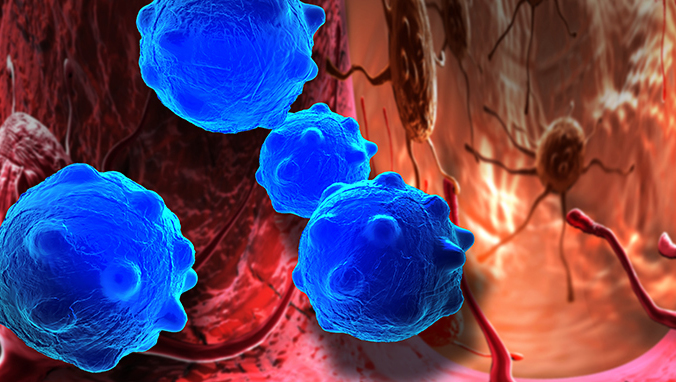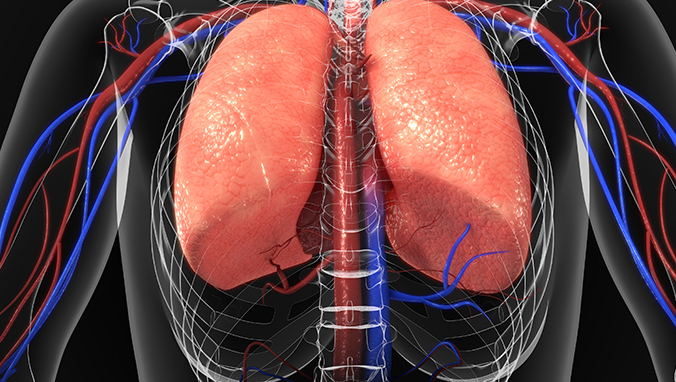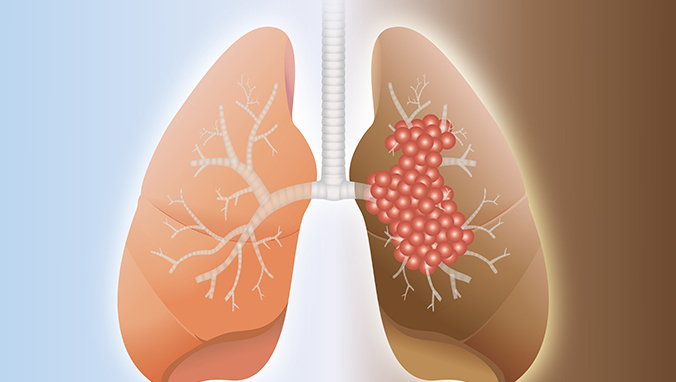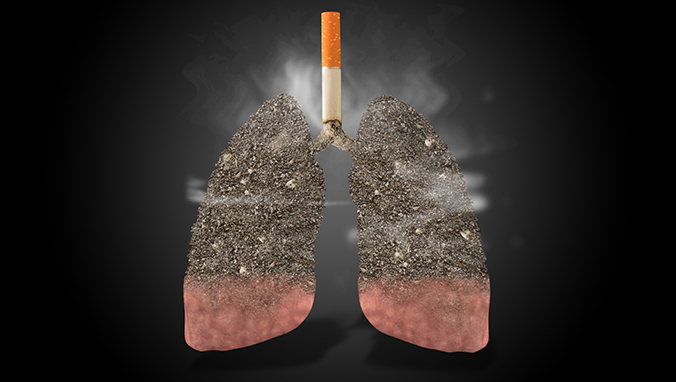Chronic obstructive pulmonary disease, emphysema, old chronic bronchitis, winter disease is of great significance in winter treatment
According to the latest data from the World Health Organization: due to smoking, air pollution and other reasons, there are currently 600 million people worldwide suffering from COPD. It is expected that the prevalence rate will continue to rise and will become the third in the world by 2020 Roughly die of diseases. There are 1.28 million patients who die of COPD in China every year, with a mortality rate of 17.6%, which has exceeded the death rate and death rate of coronary heart disease.
The most serious problem with COPD at present is that many patients are often moderate to severe when they go to the hospital, and treatment is very passive at this time. We remind you to diagnose and treat early.
Chronic bronchitis and emphysema belong to the family of COPD
Chronic bronchitis and emphysema, etc., all belong to COPD. COPD is an irreversible airway obstruction, and the patient''s lung function will gradually decline as the disease progresses.
such as shortened walking distance, slower walking speed, etc. (had to stop due to shortness of breath);
followed by a simple action, such as the last toilet will be breathless, Especially taking a bath;
eventually developed to life that was completely unself-careful, and even lying quietly could not breathe.
What are the symptoms of COPD
chronic cough:
is often the first symptom. Intermittent cough at the beginning, heavier in the morning, cough in the morning and evening or all day later, cough at night is often not significant. A few patients have no cough symptoms, but lung function shows obvious airflow limitation.
Sputum:
Cough a small amount of mucous sputum, often in the early morning. The amount of sputum increases with infection, and there may be purulent sputum. A few patients cough without sputum.
Shortness of breath or difficulty breathing:
is a typical manifestation of COPD. It only appears after the activity in the early stage, and then gradually worsens. When it is serious, it is short of daily activities and even breathing.
Wheezing:
Some patients, especially severe patients, may experience wheezing symptoms.
Systemic symptoms:
Weight loss, loss of appetite, peripheral muscle atrophy and dysfunction, mental depression and/or anxiety.
Looking at the evolution of the lungs from the perspective of mobility
The anatomical structure of the respiratory system is like an inverted tree. The trunk is the trachea, the branch is the bronchus, and the leaves are the alveoli. Oxygen enters the bloodstream through the trachea, bronchi and alveoli.
Respiratory systemic diseases are diseases that accumulate slowly. Due to the strong compensatory capacity of the lungs, some small pathological changes in the lungs are not easy to detect at the beginning. Cough and sputum are often regarded as symptoms of colds by everyone, and are despised by everyone.
1. If the patient''s respiratory mucosal edema, a large amount of sputum will be secreted. Whether it is emphysema or old chronic bronchitis, there is often a lot of sputum. When they cough, they can hear a clear sputum sound without using the earpiece.
2. If the sputum cannot be expelled in time, the airway will be narrowed or blocked, which will increase the respiratory resistance and reduce the air volume;
3. Infected patients If the sputum accumulates in the airway and cannot be expelled, the infection cannot be well controlled and the condition will persist or even worsen.
4. Over a long period of time, fatigue of the respiratory muscles will occur and the ventilation function will be impaired. More importantly, the weakened expiratory ability reduces the inspiratory ability, and when the body''s hypoxia, carbon dioxide retention and sputum obstruction occur, it also makes the small airway prone to spasm closure, which further exacerbates ventilation. Dysfunction, fatigue of the respiratory muscles, it is easy to form such a vicious circle that the more blocked, the more suffocated, and the more suffocated, the more asthmatic.
From this, we can see that the symptoms are not only a side-by-side relationship, but also a causal relationship.
Chronic obstructive pulmonary disease is of great significance in the treatment of winter diseases and winter diseases
Cold winter weather is cold, and respiratory infections are prone to lead to the recurrence of "old slow branch". Therefore, winter is "old slow branch" The level where the patient is sad. Due to respiratory tract infections, cold air stimulation, etc., the patient will have aggravated intermittent illness, short-term cough, sputum, wheezing increased, increased sputum volume, may be accompanied by fever, and even sleepy, coma and other symptoms of pulmonary encephalopathy, at this time explain The condition worsens, which means an acute relapse.
Sanjiu Tie is a kind of acupoint sticking therapy, that is, on the first day of "Nine" in the "Three Nine" days, the prepared Chinese medicine is milled into a powder to make a plaster, respectively It is attached to different acupuncture points of the human body and removed after a few hours to achieve the effect of enhancing resistance and preventing and curing diseases.
"Three Nine" is the three nine days after the twenty-four solar term "winter solstice". In the seasons, it is "Great Cold", which is the coldest day of the year. "Sanjiu plaster" refers to the application of specific acupuncture points with Chinese medicine on the 39th day of each year, which has achieved a traditional Chinese medicine external treatment method to eliminate and prevent respiratory diseases. The application of acupuncture points in winter can not only consolidate the effect of summer "winter disease and summer treatment", but also control the onset of the disease, achieve both winter and summer treatment, so that patients can obtain more ideal therapeutic effects.
Related Articles

- First-line chemotherapy for squamous cell carcinoma
- Squamous cell carcinoma is abbreviated as squamous cell carcinoma, also known as epidermal carcinoma. It is a malignant tumor that occurs in epidermal or accessory organ cells. Cancer cells
- 2020-08-02

- What does negative gene test for lung adenocarcinoma mean
- This depends on the specific problem. The occurrence of many diseases is related to genes, which determines the occurrence of diseases, as well as symptoms, prognosis, etc. Gene sequence de
- 2020-07-30

- What to pay attention to after lung adenoma
- Pulmonary adenoma is a very serious disease. Once this disease occurs, it needs to be actively treated. Surgical treatment is a very effective method for treating lung adenoma, but the pati
- 2020-07-27

- Is advanced chemotherapy for lung adenocarcinoma useful?
- People with lung cancer have a lot to do with their usual lifestyle habits, so it is necessary to seize the time of treatment. If it is late, it will be very difficult to treat, but cancer
- 2020-07-26

- What are the genetic tests for lung adenocarcinoma
- Genetic testing Why do cancer patients need to do? Perform genetic testing before treatment, mainly to identify which targeted drugs this patient can take. So what are the most useful types
- 2020-07-25

- Is lung infiltrating adenocarcinoma serious?
- Suffering from invasive adenocarcinoma of the lungs is very serious. In the advanced stage, it will cause great pain to the patient''s body, so everyone must go to the hospital for
- 2020-07-25
